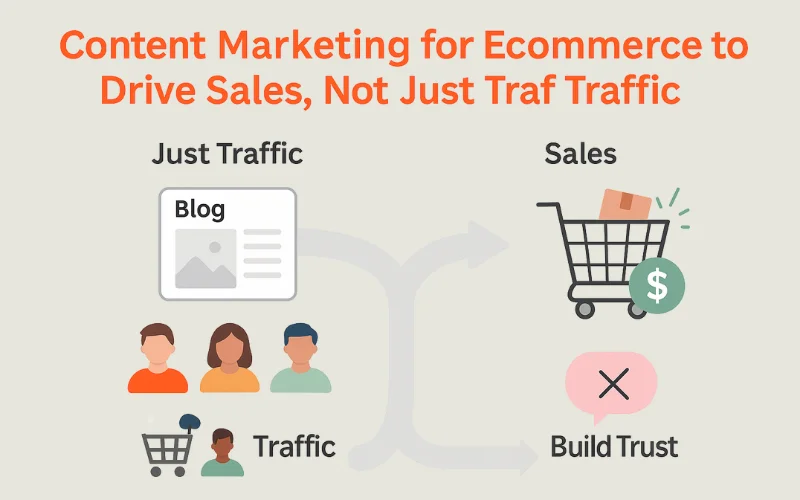Introduction:
So, you’re looking for a way to consistently engage with your audience, nurture leads, and guide them through your sales funnel without manual effort for every single email? Indeed, an email drip campaign, also known as an automated email sequence, is a powerful solution. Essentially, a drip campaign sends a pre-written set of messages to customers or prospects over time based on specific triggers or schedules. Consequently, this guide will walk you through the essential steps to plan, create, and launch your very first successful email campaign. Therefore, let’s dive into the world of automated email marketing.
Planning Your Email Drip Campaign Strategy
Define the specific goal of your drip campaign.
Before you write a single email, you need to know what you want your drip campaign to achieve. For example, common goals include:
Welcome new subscribers and onboarding them.
Nurturing leads to providing valuable content.
Re-engaging inactive subscribers.
Promoting a specific product or service.
Educating users about features after purchase.
Importantly, a clear goal will dictate the content, timing, and flow of your drip campaign.

Identify your target audience and segment them (if necessary).
Crucially, who are you trying to reach with this drip campaign? Furthermore, is this a broad audience, or can it be segmented for more personalized messaging? For instance, you might create different drip campaign variations for leads interested in different products, or for new customers versus long-term subscribers. Effective segmentation leads to more relevant and impactful emails.

Determine the trigger for your drip campaign.
A trigger is the event that starts a subscriber on your drip campaign sequence. Common triggers include, for example:
A new user is subscribing to your newsletter.
Someone is downloading a lead magnet (e.g., an eBook).
A customer is making their first purchase.
A user abandoning their shopping cart.
A specific period of activity.
Choosing the right trigger ensures your drip campaign starts at the most relevant moment for the user.

Map out the sequence, number of emails, and timing.
Now, plan the flow of your drip campaign. How many emails will be in the sequence? What will each email focus on? And, importantly, what will be the delay between each email (e.g., 1 day, 3 days, 1 week)? You want to provide value consistently without overwhelming your subscribers. For instance, a welcome drip campaign might have 3-5 emails spaced a few days apart.

Creating the Content for Your Drip Campaign Emails
Write a compelling and value-driven email copy for each step.
Each email in your drip campaign should have a clear purpose and provide value to the recipient. Therefore, they focus on their needs and interests. Your copy should be, for example:
Personalized: Use merge tags for names where possible.
Concise and Scannable: Use short paragraphs, bullet points, and clear headings.
Benefit-Oriented: Highlight how your content, product, or service helps them.
Action-Oriented: Include a clear Call to Action (CTA) in each email.
Remember the overall goal of your drip campaign as you craft each message.
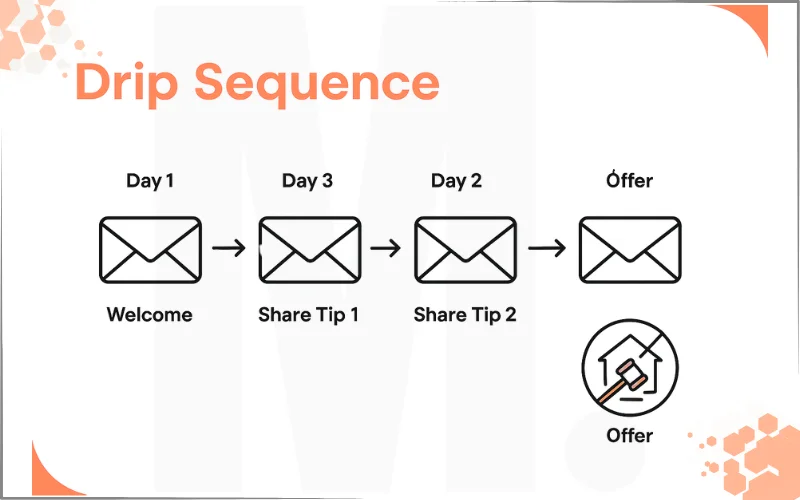
Craft attention-grabbing subject lines.
Your subject line is crucial for getting your drip campaign emails opened. Therefore, make them intriguing, clear, and relevant to the email content. Consider, for instance, using personalization, asking questions, creating a sense of urgency (ethically), or highlighting a key benefit. A/B testing subject lines can be very beneficial.
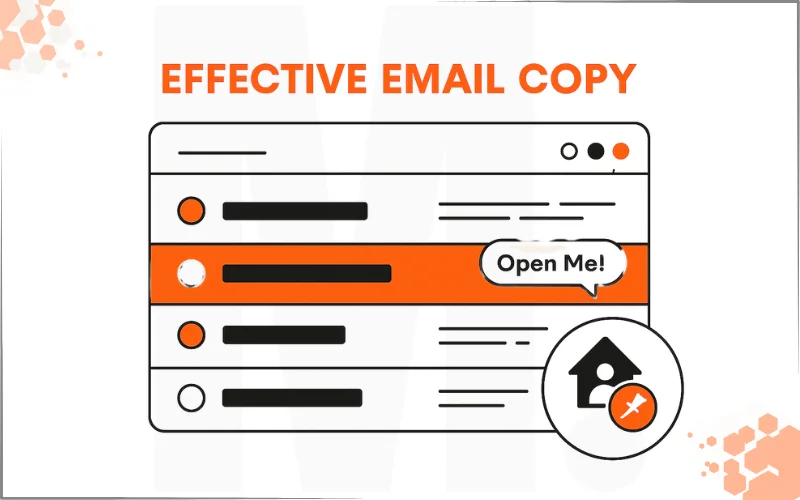
Design clean and mobile-responsive email templates.
The visual presentation of your campaign emails matters. Use a clean, professional design that aligns with your brand. Most importantly, ensure your emails are mobile-responsive, as many people will read them on their smartphones. Many email marketing platforms provide easy-to-use templates for this.
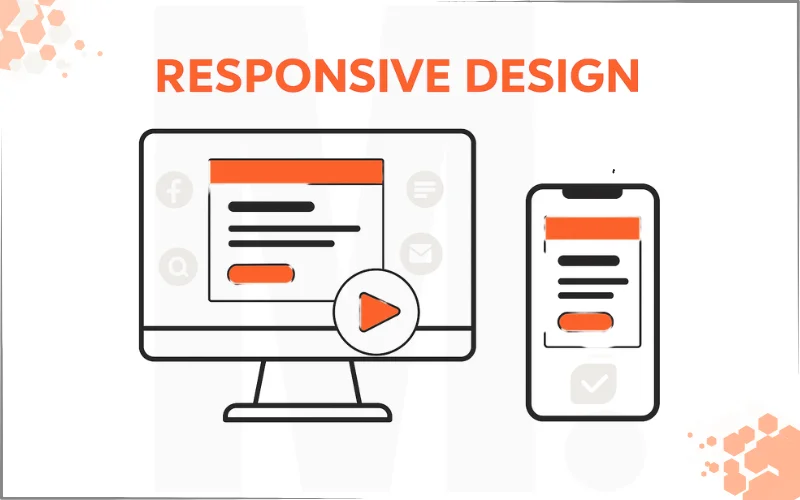
Include clear Calls to Action (CTAs) in every email.
Each email in your campaign should guide the recipient towards the next desired step. This is achieved through a clear Call to Action, usually a button or a prominent link. For example, your CTA might be “Read Our Latest Blog Post,” “Download Your Free Guide,” “Shop Now,” or “Book a Demo.” Make your CTAs visible and compelling.
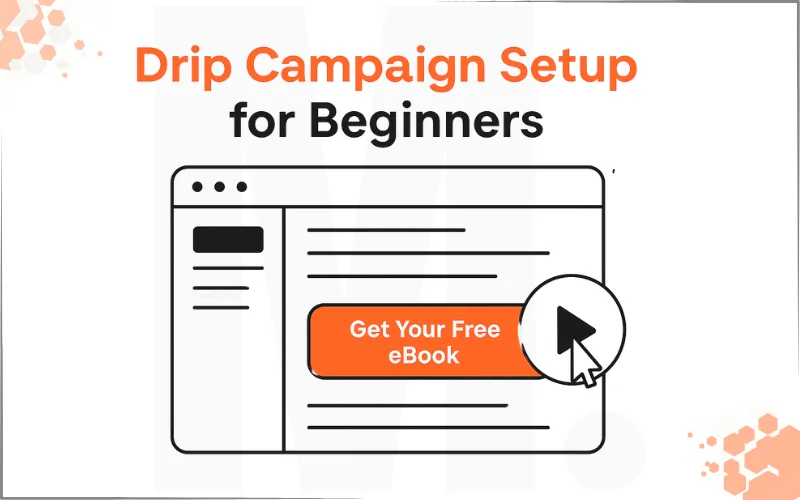
Setting Up, Testing, and Optimizing Your Drip Campaign
Set up the automation in your email marketing platform.
Most email marketing platforms (e.g., Mailchimp, ActiveCampaign, ConvertKit, HubSpot) offer automation features to help you build your campaign. You’ll typically need to, for instance:
Create a new automation or workflow.
Select your trigger.
Add your emails to the sequence.
Set the time delays between emails.
Add any conditional logic (e.g., if a user clicks a link, send them a different follow-up).
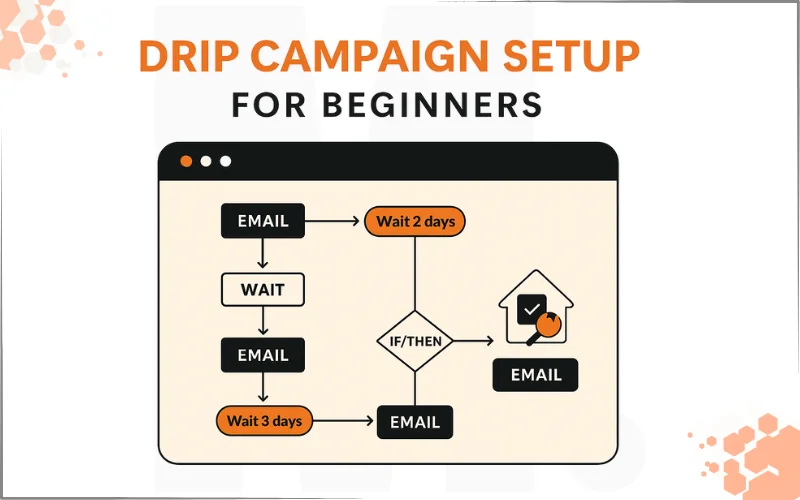
Thoroughly test your entire drip campaign sequence.
Before launching your drip campaign to your actual audience, test it rigorously. This means, for example, subscribing yourself (and perhaps a few colleagues) to the sequence to ensure:
Emails are delivered in the correct order and at the correct times.
All links and CTAs work.
Personalization (merge tags) populates correctly.
Emails look good on different devices and email clients.
Catching errors here is crucial.
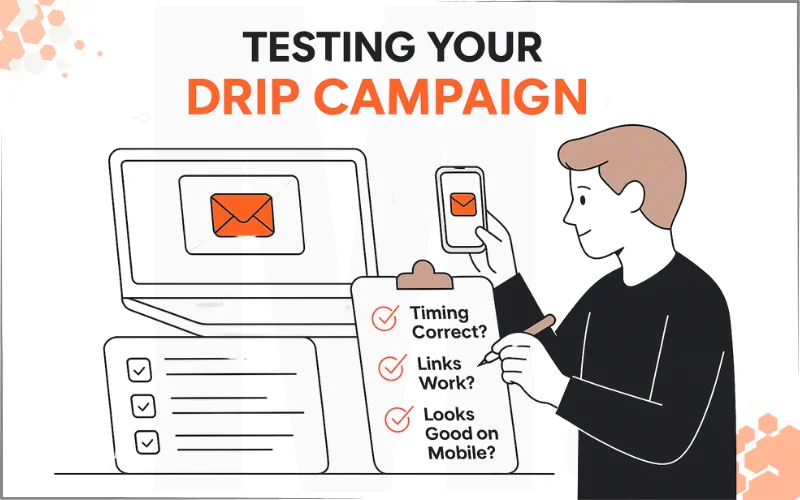
Monitor performance metrics once your drip campaign is live.
Once your drip campaign is running, regularly monitor its performance through your email marketing platform’s analytics. Key metrics to track include, for instance:
Open Rates: Percentage of recipients who opened each email.
Click-Through Rates (CTR): Percentage of openers who clicked a link.
Unsubscribe Rates: Percentage of recipients who opted out.
Conversion Rates: If your campaign has a specific conversion goal (e.g., a purchase, a signup), track how many complete it.

Analyze results and optimize your campaign over time.
Based on your performance metrics, identify areas for improvement in your drip campaigns. Perhaps one email has a very low open rate – try A/B testing a new subject line. Maybe a CTA isn’t getting clicks – try rephrasing it or changing the button design. A successful drip campaign is often the result of ongoing testing, analysis, and optimization.
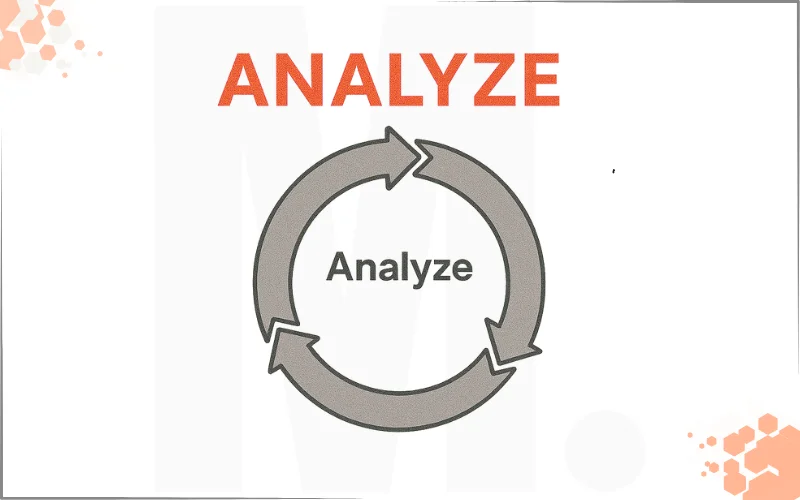
Tips:
Primarily, keep your drip campaign focused: Each sequence should have one primary goal.
Also, provide genuine value in every email; don’t just sell.
Furthermore, use a consistent brand voice and design throughout your sequence.
Additionally, make it easy for people to unsubscribe if they wish; this is good practice and often legally required.
Importantly, consider the user’s journey and what information they need at each stage.
A/B test elements like subject lines, CTAs, and even email content to improve performance.
Warnings:
Crucially, don’t overwhelm subscribers with too many emails too quickly; respect their inbox.
Also, ensure your trigger and audience segmentation are set up correctly to avoid sending irrelevant emails.
Furthermore, make sure your campaign logic doesn’t conflict with other email communications they might be receiving from you.
Finally, don’t set and forget your campaigns indefinitely. Review and update it periodically to ensure it remains relevant and effective.
Things You’ll Need:
An email marketing platform with automation capabilities, of course.
Additionally, a clear goal for your campaigns.
A defined target audience and (potentially) segments.
Compelling email copy and subject lines.
Perhaps, basic email design skills or templates.
Lastly, a system for tracking performance and making optimizations.


